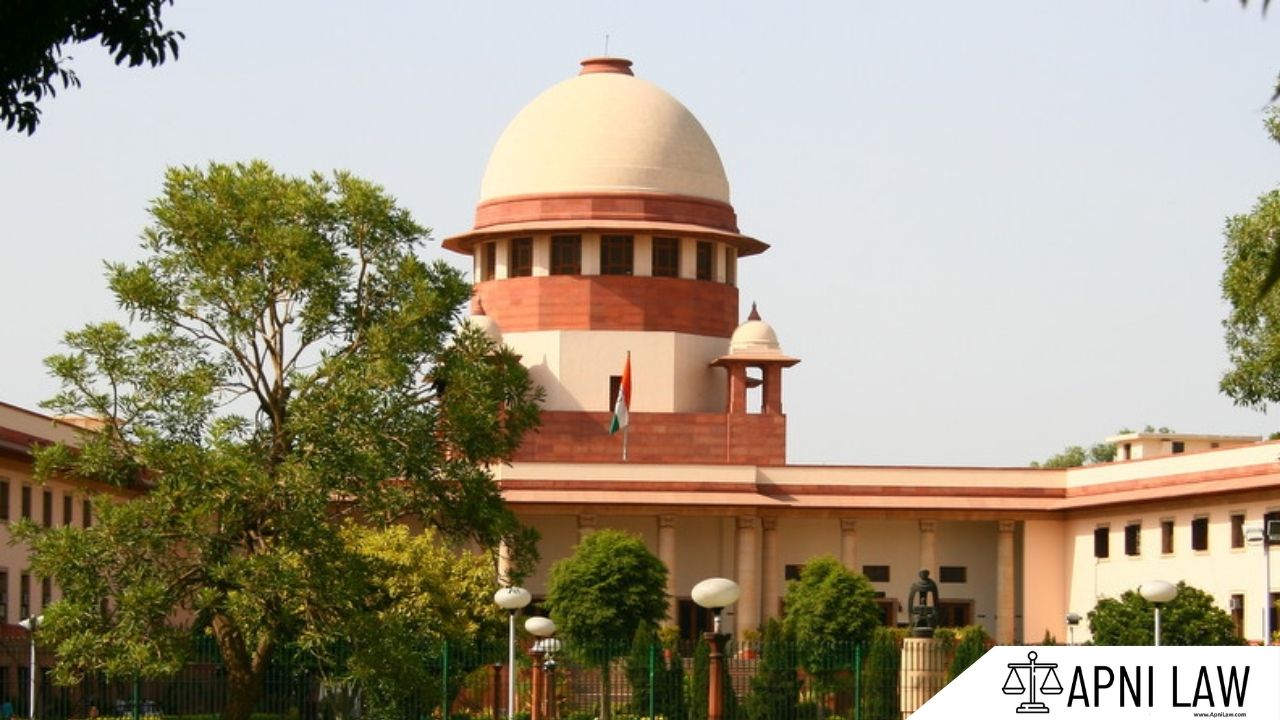Introduction
The Goods and Services Tax (GST) law includes a unique feature called the Reverse Charge Mechanism (RCM). This shifts the tax liability from the supplier to the recipient under specific conditions. The Government can notify such cases based on the GST Council’s recommendation.
What Is A Reverse Charge for Notified Supplies
The Government may notify certain categories of goods or services. For these supplies, the recipient must pay the GST under reverse charge. This means the buyer becomes responsible for paying tax instead of the seller. All GST provisions will apply to the recipient as if they were the supplier.
In some cases, the Government can notify a class of registered persons. These registered buyers must pay GST under reverse charge when they buy specific goods or services from unregistered suppliers. Again, the tax burden shifts from the supplier to the recipient.
How Does It Work?
Under reverse charge, the recipient must self-assess the GST liability. They need to pay it directly to the government. The supplier does not collect or pay the tax in these notified cases.
Reverse charge helps the Government regulate tax collection where the supplier is not registered or hard to trace. It also brings transparency and compliance into the GST system.
Example
Imagine a registered construction company purchases cement from a local vendor who is unregistered under GST. Since the vendor is unregistered and cement is a notified good, the construction company must pay GST under reverse charge. The company will deposit the tax with the government and record the transaction accordingly.
Conclusion
Reverse charge under section 9 of GST is a crucial tool for ensuring proper tax collection. Whether it’s for notified goods or purchases from unregistered suppliers, recipients must be aware of their obligations. Always check government notifications to stay compliant.










